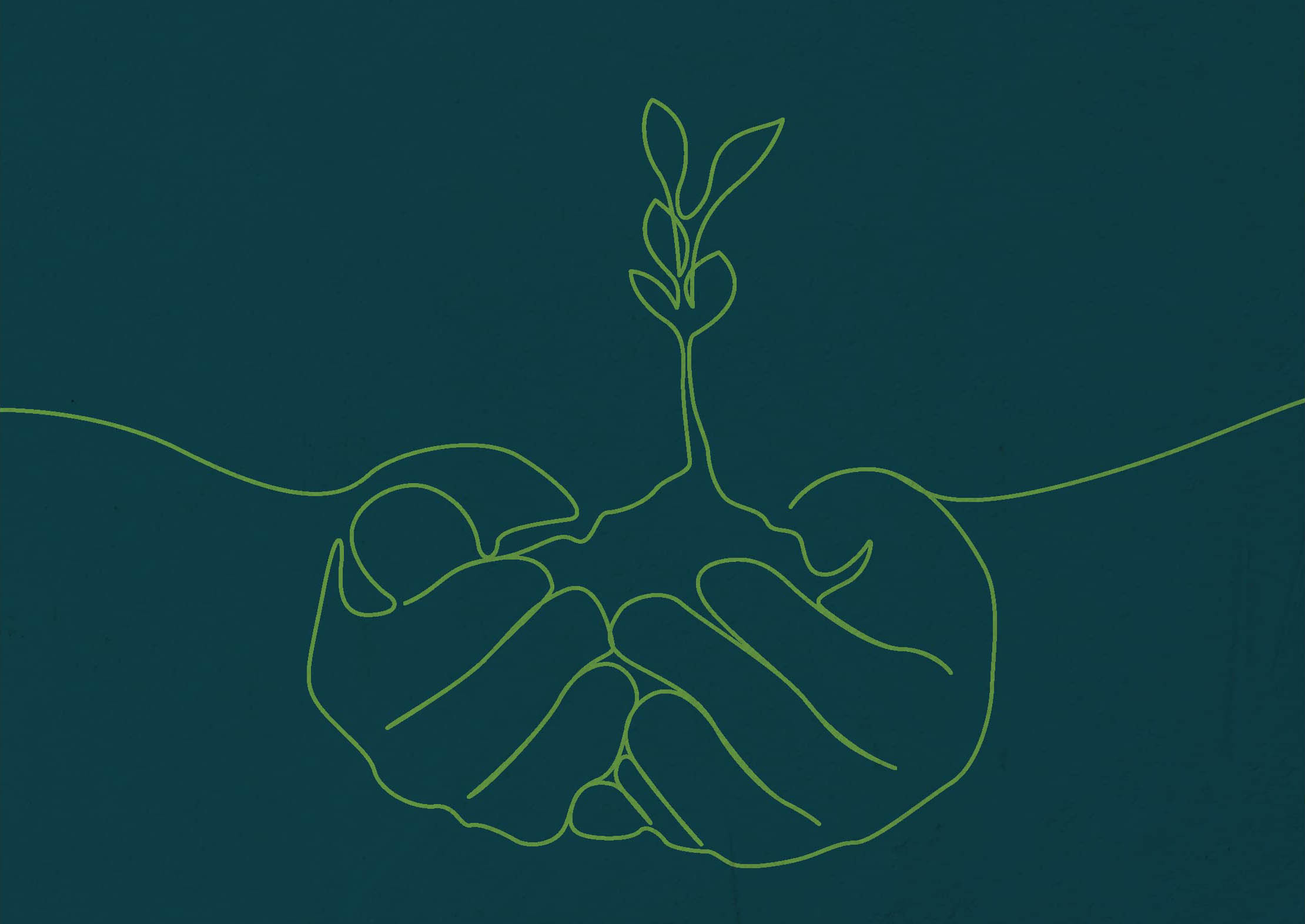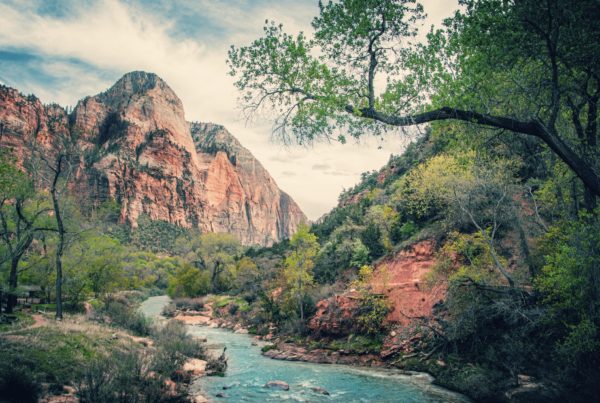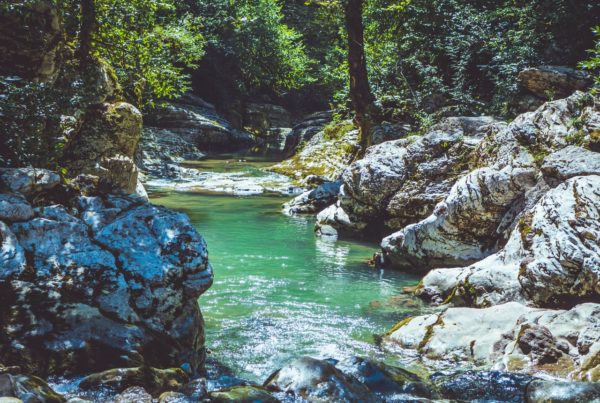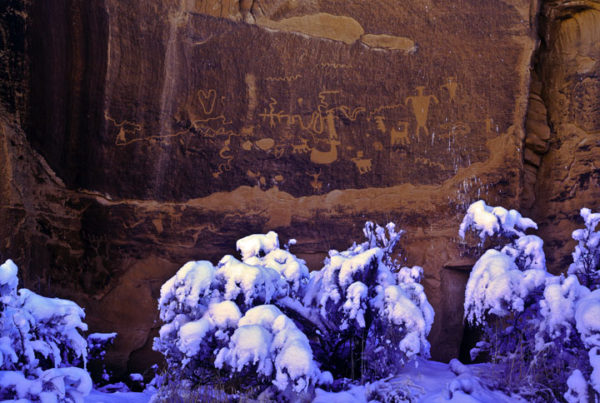The Hope of Nature: Our Care for God’s Creations from George Handley threads a tight needle. The book is a collection of essays, many of which are adapted from previously published material, that aims largely to convince environmentally-sympathetic Latter-day Saints to engage politically in environmental conservation. Handley understands from his own extensive personal experience the difficulty of bringing together the world of his, and my, religious community and the world of environmentalists. As someone already on board with the causes that Handley advocates for, I occasionally found myself a little impatient with his careful walking through of the reasoning behind ideas and positions that I already took for granted. Yet, I still found much of value in Handley’s words and experiences here, not only as a model of successful persuasion.
Hope Rooted in Theology
In the Introduction, Handley writes that the “strength of a tradition is not its capacity to remain inflexible and in denial of new circumstances but in its capacity to identify new pathways of fidelity to its fundamental beliefs in light of new realities” (xx). Throughout this book, Handley brings this to life by rooting his environmentalism in Mormon theology and scripture. I love Handley’s approach to environmentalism precisely because of the way that it is uniquely and deeply Mormon. I wanted even more of this, but I am admittedly a little too interested in theory and abstract ideas at the expense of the practical, grounded, lived experience focus that guides much of Handley’s work.
Handley’s focus draws on Mormon scripture, Joseph Smith, Hugh Nibley, Wendell Berry, and countless other contemporary environmental and religious thinkers to weave together an argument for environmental action, that also gestures beyond the environment (or perhaps encompasses more in its scope of what the environment is). The first essays lay the groundwork for this, but the final sections of the book really spoke to me and my own utopian soul. Handley writes:
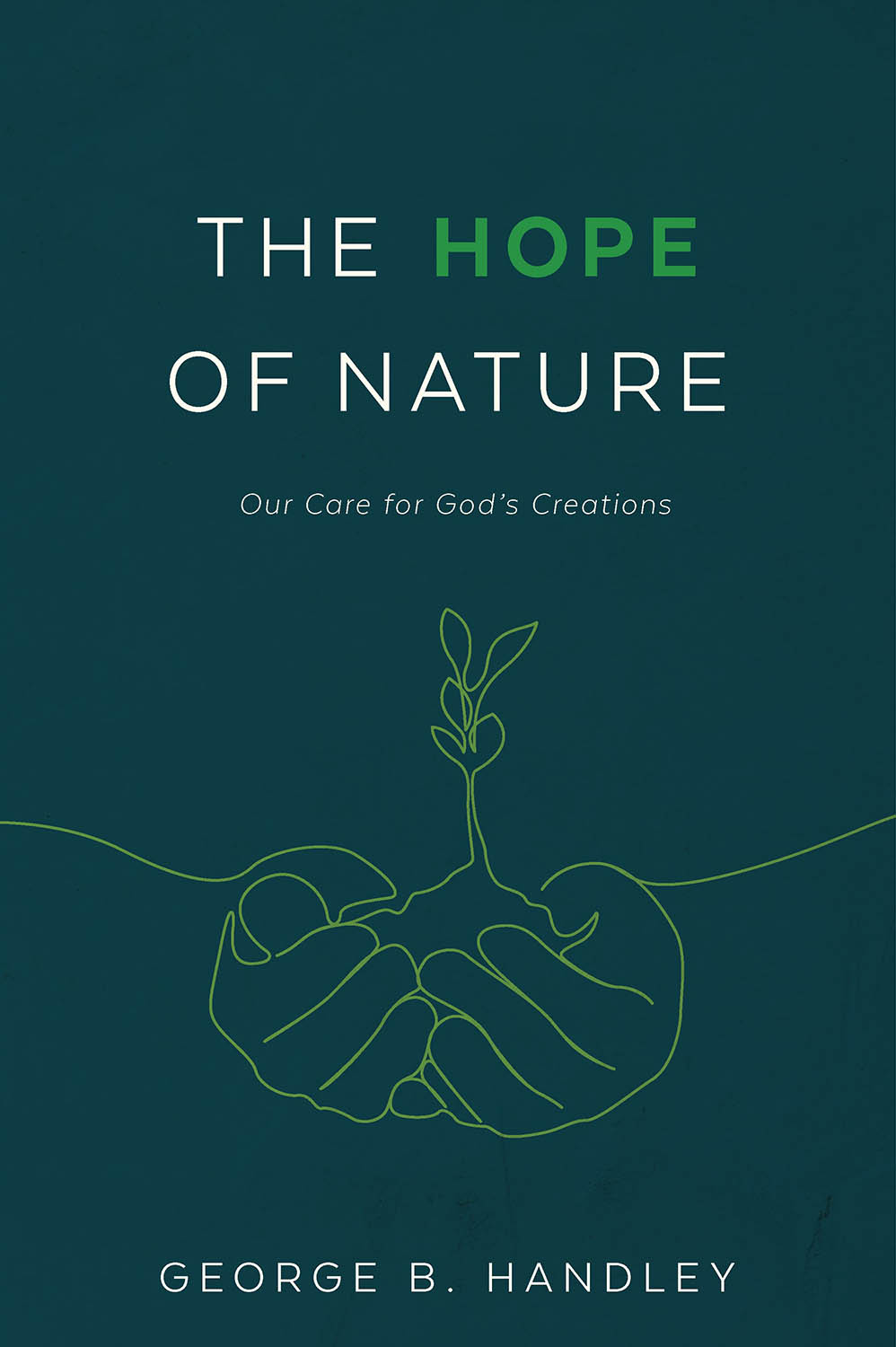
“The truth is, it is easier to criticize enemies than to articulate and work redemptively to achieve a good society that we hope to pass on to the future. A good society is not one that has finally gotten rid of the opposition; it is one that has learned how to make difference fruitful, which involves the work of listening, imagining, and even articulating others’ perception of the world. I wonder how well we are listening.” (247)
Hard truths are embedded here, I think. Handley works throughout this book to draw out the value in the difference between secular environmentalists and conservation-curious religious folks. He endeavors to help these communities find the need for one another and see their common goals. May we all learn to listen, imagine, and articulate others’ perception of the world.
Later, Handley notes that, “I believe religion gains meaning not merely from how frequently or correctly truth is preached but from how deeply it is lived” (293). This book is a testament to Handley’s conviction of this belief. Without his own convictions lived out in reality, these essays wouldn’t have anything to draw upon. The book is filled with nuggets of actionable advice on how to live out an environmental ethic. Most notably at the end of chapter 4, with a clear set of 10 guidelines, all of which are doable, with some customization for individual circumstances.
I couldn’t help but think of Handley and his work in light of these lines from Wendell Berry’s essay “Feminism, The Body, and the Machine”:
“The grace of unearned love—unearned even if dearly hoped and planned for—is the magic of human experience. We might prefer to determine our chances, but we must at least admit this to ourselves: if joy were only what we earned the right to feel, it wouldn’t be joy at all…And when the flame of joy burns hotly, we will know we didn’t deserve it. This won’t disappoint us. It will be the best reason to guard it, share it, and sustain it for generations to come” (303-04)
Handley has a sense, like Berry before him though less radical, of where the line can and should be drawn. He gives those of us that may struggle to find that line for ourselves a clear articulation of where that line can be and how to achieve it. The book is full of this type of hope and praxis—actionable ideas and practical, real-world advice.
Hope Rooted in Nature
Yet, perhaps most importantly, brimming throughout The Hope of Nature is indeed a sense of hope and faith and awe in the face of nature. This is powerfully expressed in the Coda to the book:
“I know how to draw the line only where it is easy to draw… And yet, if we are ever again to have a world fit and pleasant for little children, we are surely going to have to draw the line where it is not easily drawn.”
I love the way that Handley links joy to grace and both to nature. Powerful theological ideas here that speak to our environmental ethics and just about everything else that we think, say, and do. May all who read Handley’s words feel this hot, burning flame of joy as we learn to love our enemies and the world around us.
As most book stores are closed for Pandemic World, pick up The Hope of Nature online.

Conor Hilton’s love of nature developed relatively late in life reading and studying Wordsworth nestled in the crags and tarns of England’s Lake District. He has since come to believe that beauty is all around if we open ourselves to it. He loves eating local produce, the cooking it inspires, and the vision of Wendell Berry. He has a BA and MA in English literature from BYU and is pursuing a PhD in English at the University of Iowa (reversing the toil of his ancestors who gave blood, sweat, and tears crossing those plains). He loves Mormon theology and finding new radical and utopian ways to be Mormon all over again. Read more of Conor’s work on his personal blog as well as the Arch-Hive.
